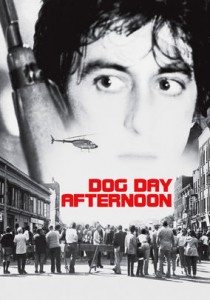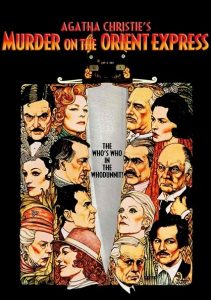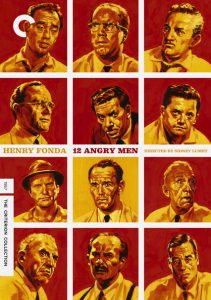Dog Day Afternoon-1975
Director Sidney Lumet
Starring Al Pacino, Chris Sarandon
Top 250 Films #203
Scott’s Review #185
Reviewed October 13, 2014
Grade: A-
Director Sidney Lumet successfully sets the smoldering hot summer afternoon in New York City for his 1975 film Dog Day Afternoon, as Al Pacino plays Sonny, an unemployed, desperate man who, while married with two kids, has a gay lover, Leon, (brilliantly played by Chris Sarandon) who he is attempting to help finance a sex change operation.
Based on a true story, Sonny, along with his dimwitted friend Sal- played by John Cazale, decides to rob First Brooklyn Savings Bank.
Predictably, their plans go awry when Sonny burns a ledger during the robbery attempt and a pedestrian sees the smoke and alerts the police.
As the police become aware of the attempted heist, a standoff ensues between Sonny and the cops, led by Detective Moretti, played by Charles Durning, and the robbery receives media coverage.
Most of the action is set inside the stifling hot bank and directly outside on the street and gradually the supporting characters come into play- the hostages, Sonny’s mother, wife, and lover all make contact with Sonny in some way or another and his motivations become clearer to the audience.
Dog Day Afternoon is a somewhat message movie that is anti-establishment, in this case, anti-police and questioning of the government and the financial establishment, (Lumet also directed Network, challenging establishment).
This is evidenced when after a standoff with police, the crowd sides with Sonny as he chants Attica! Attica!, which is a direct reference to a recent prison riot.
Sonny speaks for the working class- the poor, struggling, underpaid workers who cannot afford to feed or adequately take care of their families.
The heat and humidity compare perfectly to the pressure felt by most middle-class people that still resonates today and leaves the viewer contemplating his or her life.
Sonny relates to the bank tellers who do not make much money. Besides, Sonny is sympathetic to the audience in another way. Leon, recently hospitalized at Bellevue Hospital, is emotionally dependent on Sonny. He would be lost without him.
They share a lengthy and heartfelt phone conversation that is the heart of the film- gay romance had not been explored this way by 1975 in cinema, and the romance was neither shoved down the audience’s throat nor was it looked past entirely.
Their relationship is tender and deep, yet still somewhat ambiguous.
Would they stay together? What would become of Sonny’s wife and two children? Would he leave them for Leon in a world that was not ready to accept two homosexual men together? Is that the reason for Leon’s desire for a sex change operation?
Chris Sarandon, in too small a part, is wonderful as the gay lover, struggling with a sexual identity crisis. Al Pacino gives, per usual, a brilliant portrayal as he takes on a complex character who is far from one-dimensional.
Perhaps not a masterpiece, Dog Day Afternoon, is a very good film, but neither is it strictly a gay-themed movie nor an action/thriller- it’s more complex than that.
Ironically, Sonny is portrayed as the hero of the film as it is not a standard good police versus bad bank robber type of film- quite the contrary. It is much, much more than that.
Oscar Nominations: 1 win-Best Picture, Best Director-Sidney Lumet, Best Actor-Al Pacino, Best Supporting Actor-Chris Sarandon, Best Original Screenplay (won), Best Film Editing



